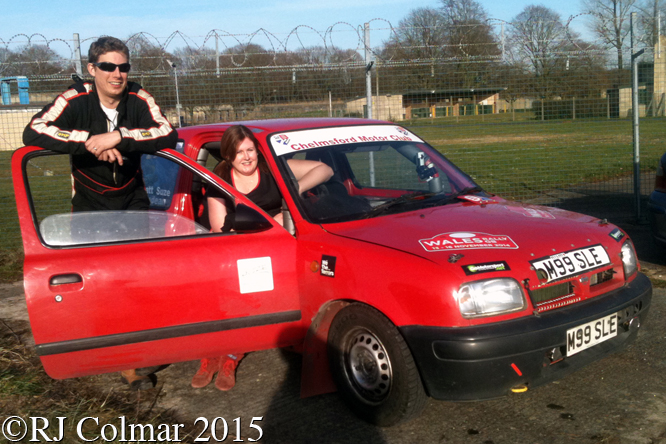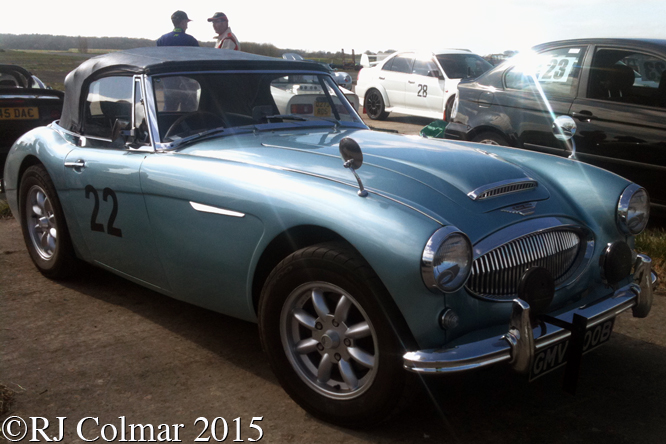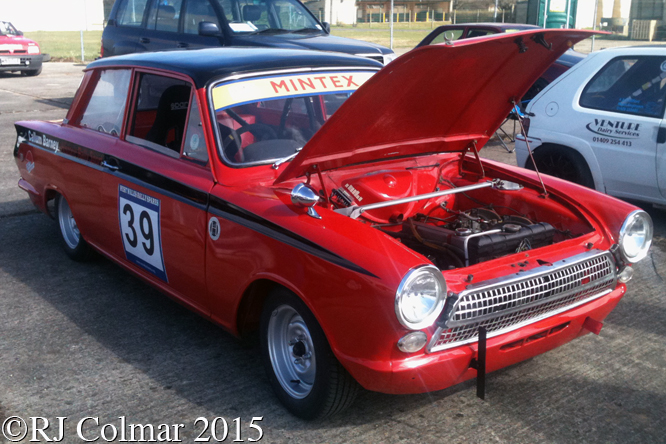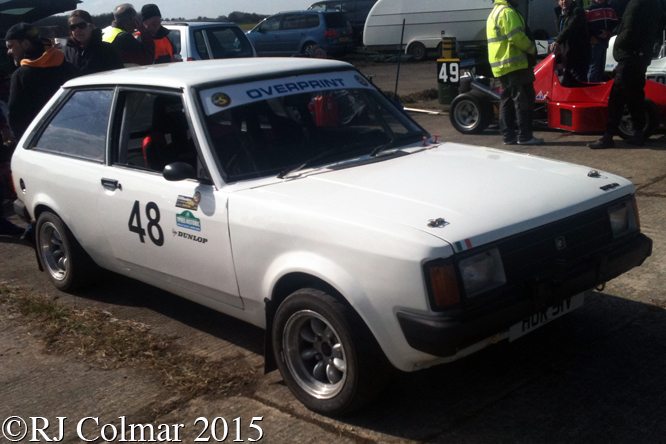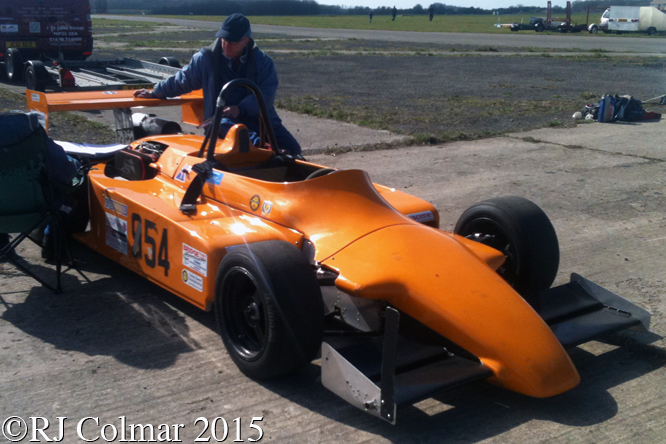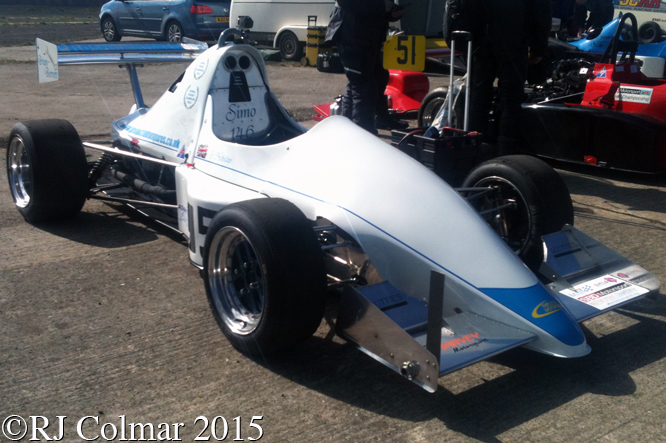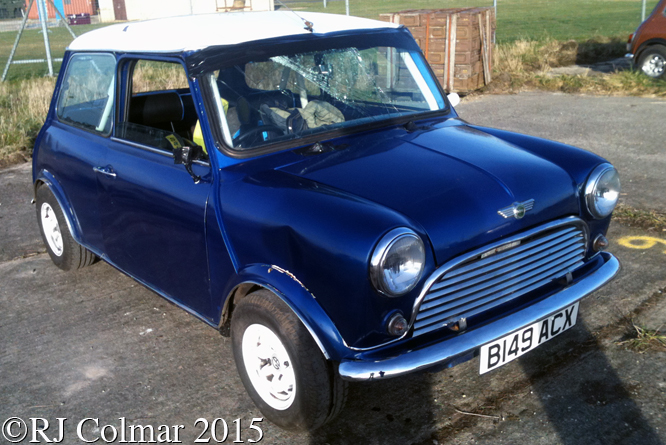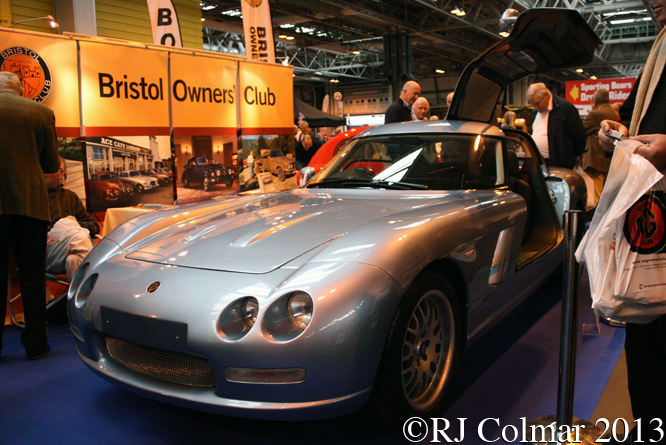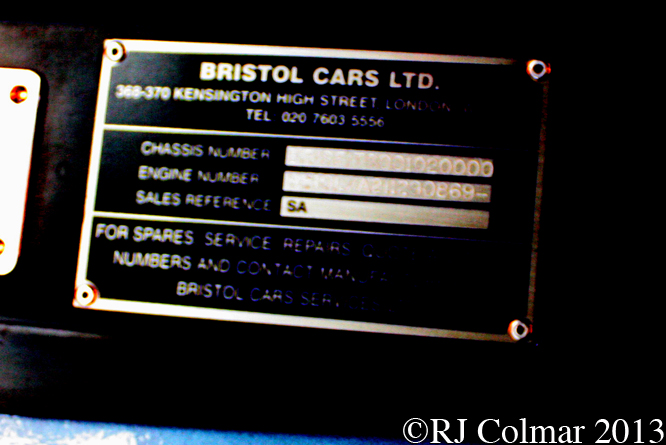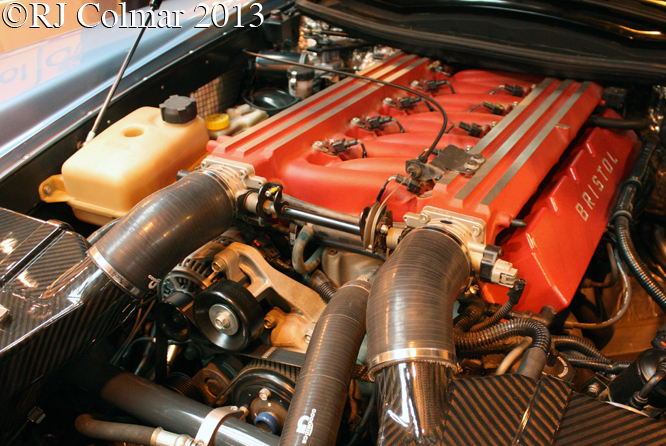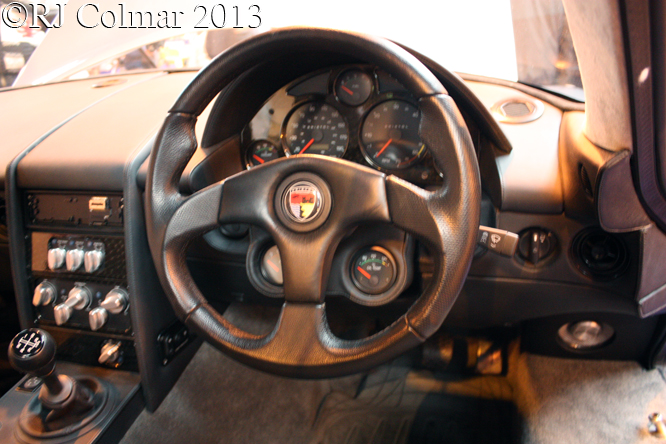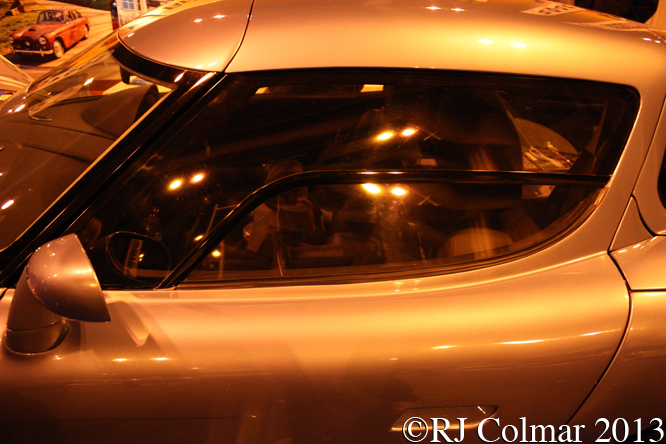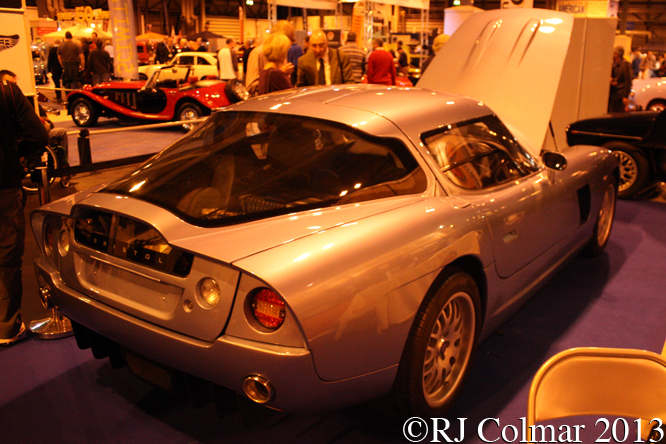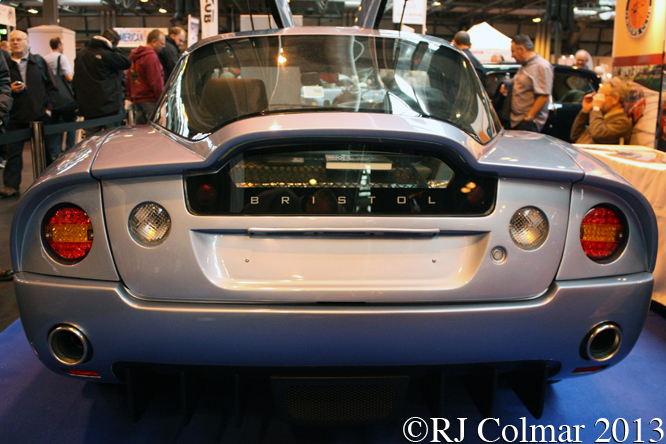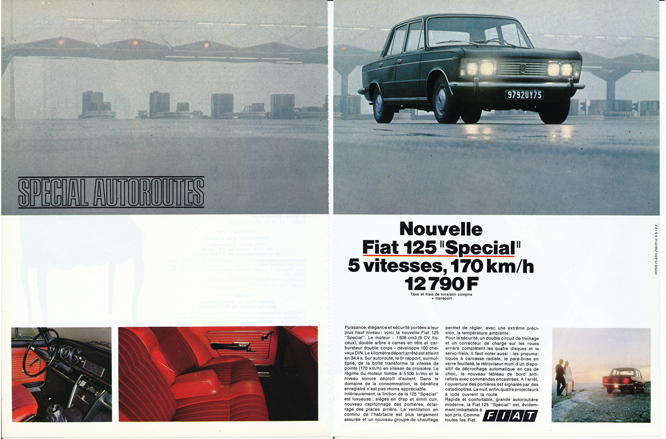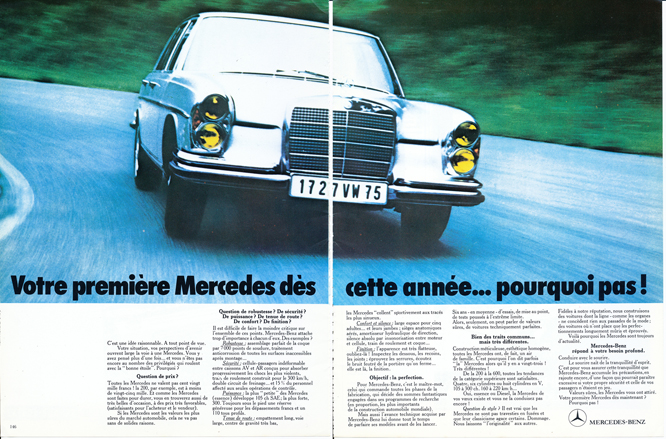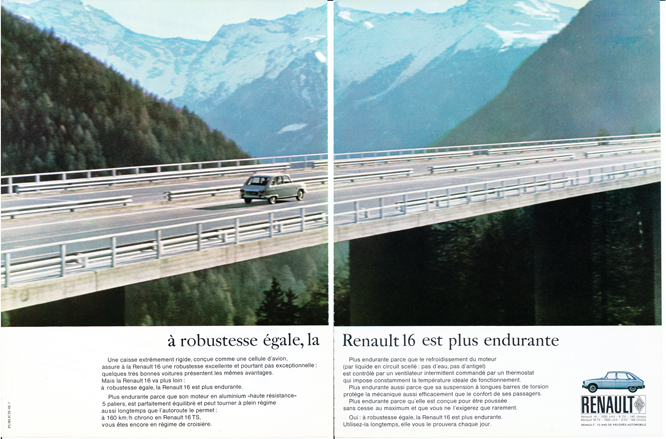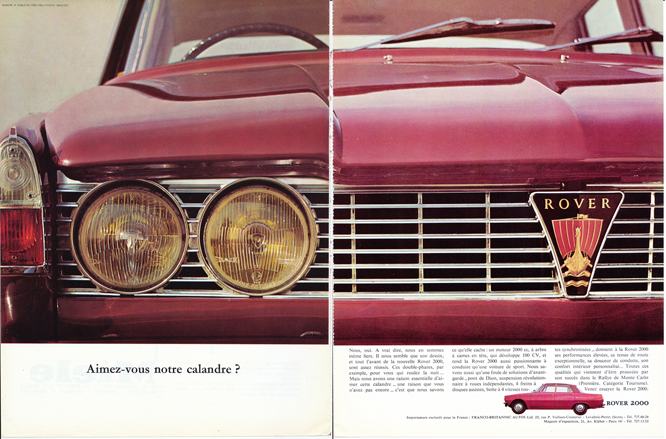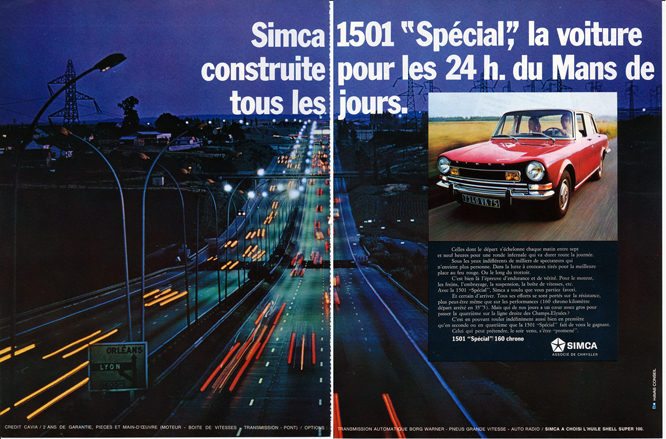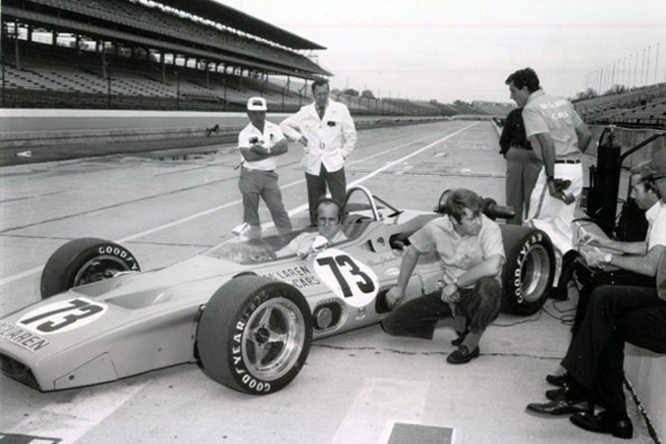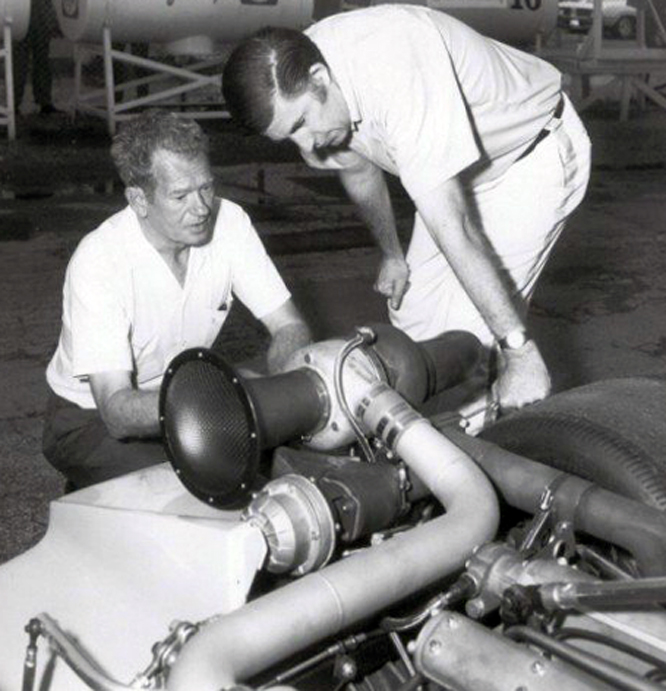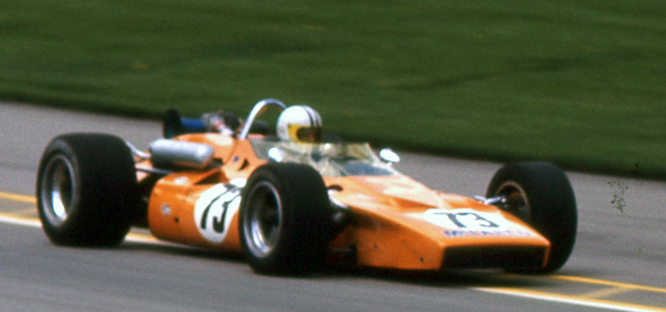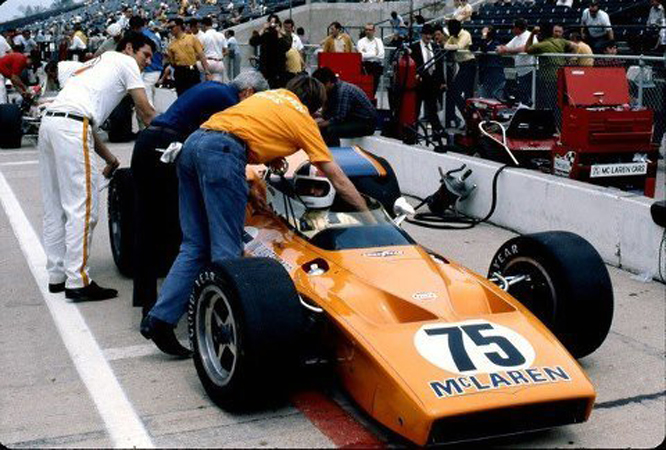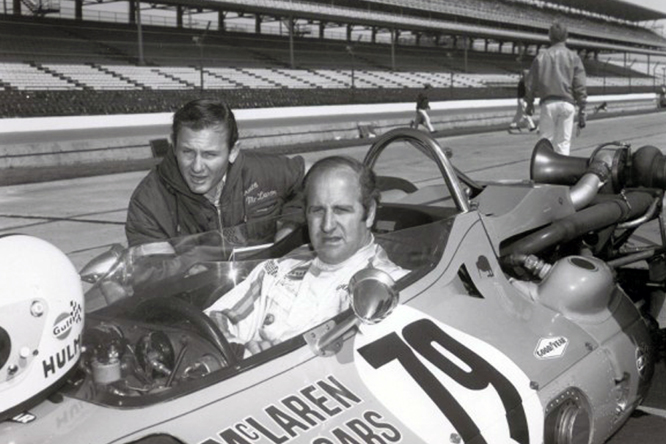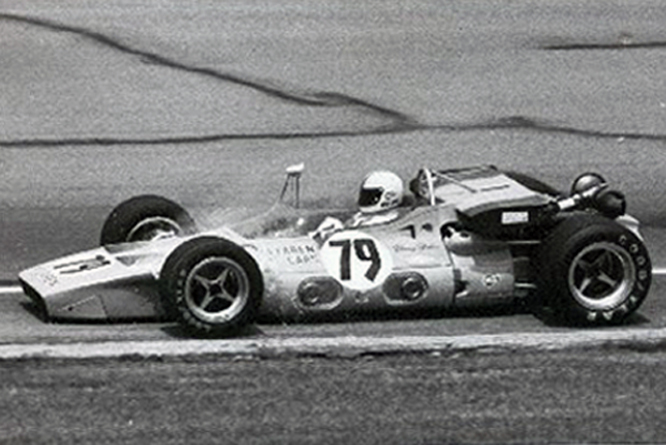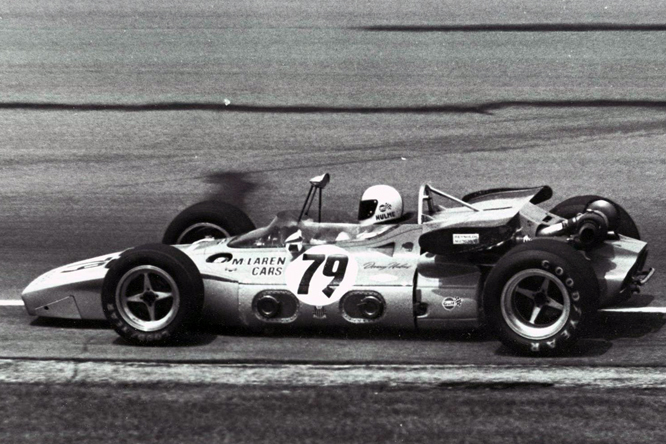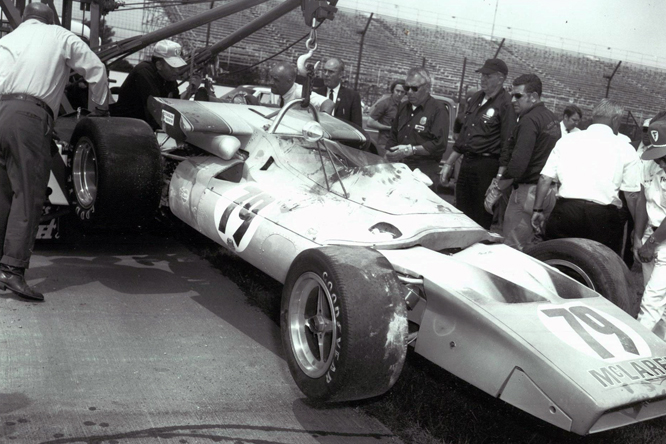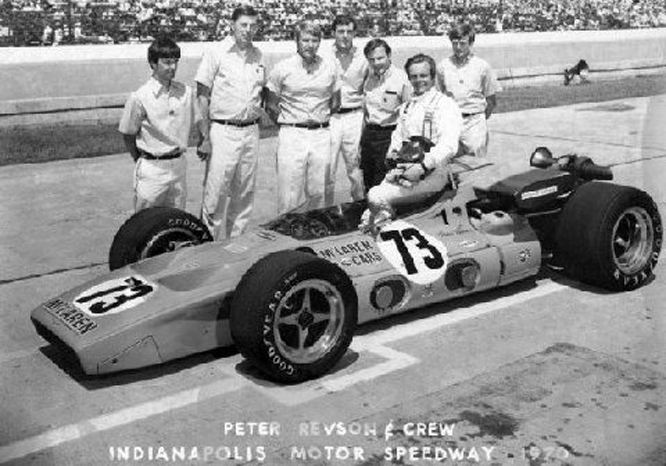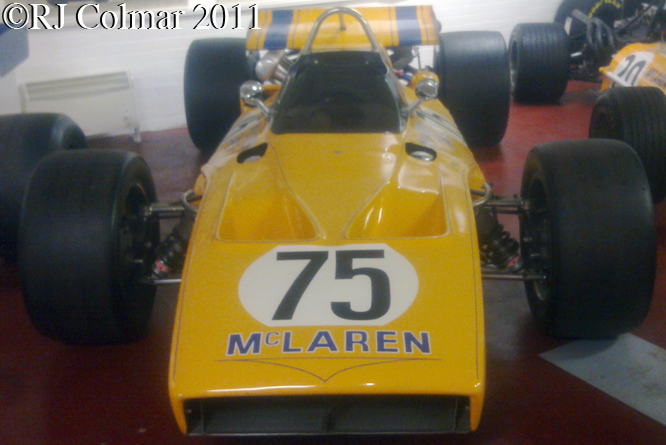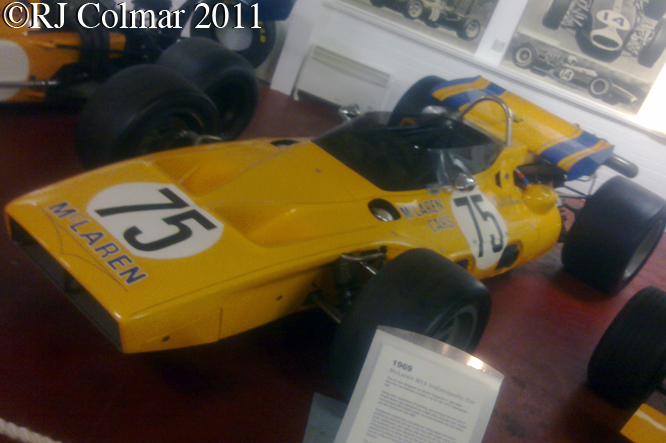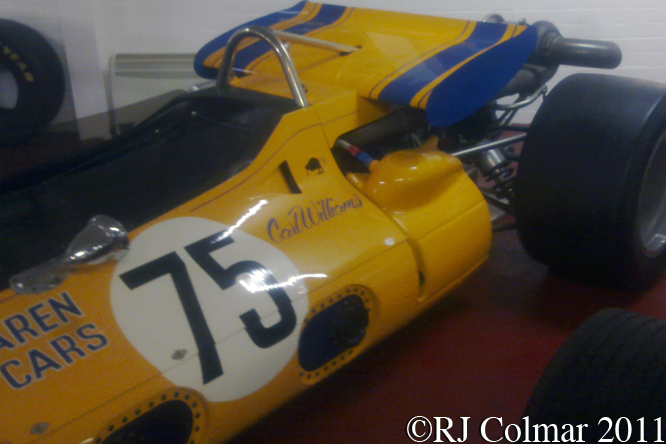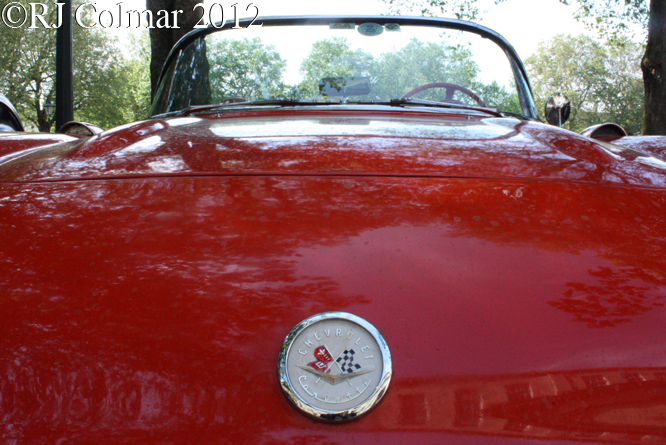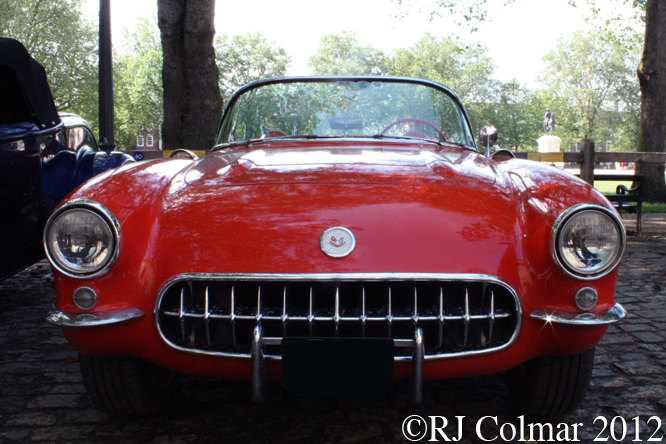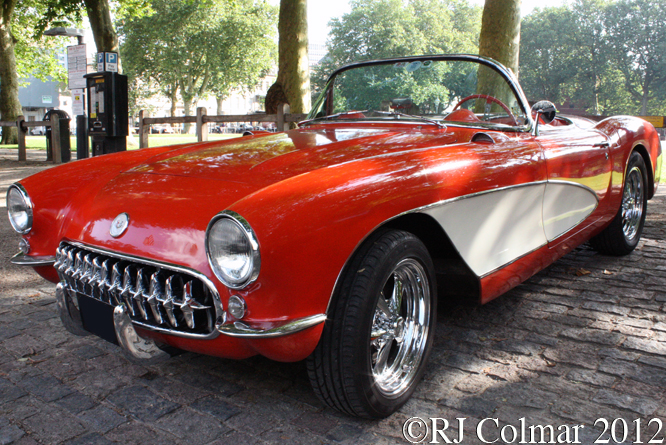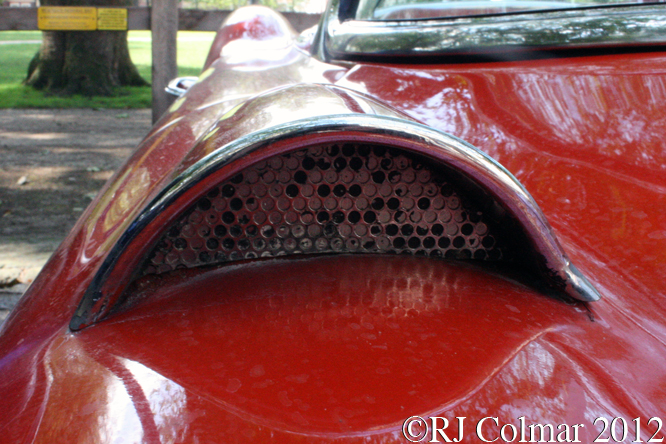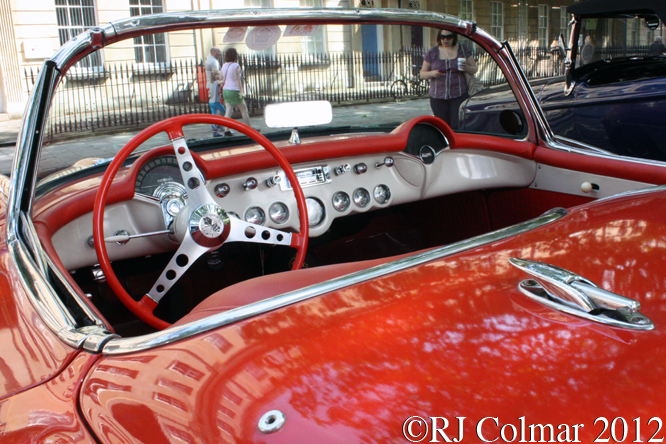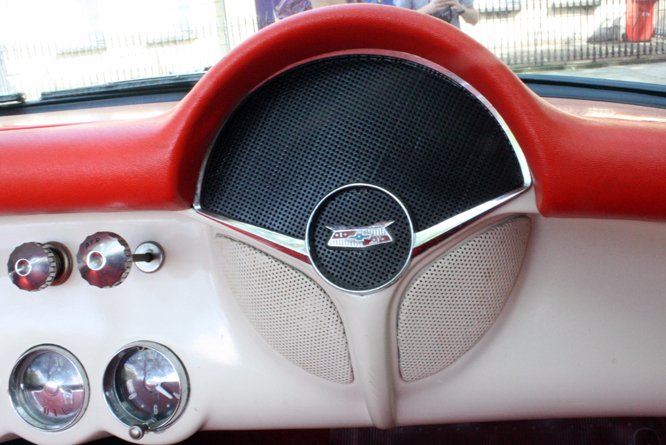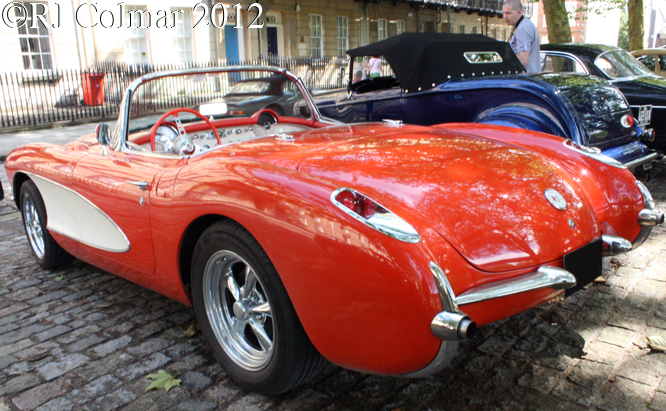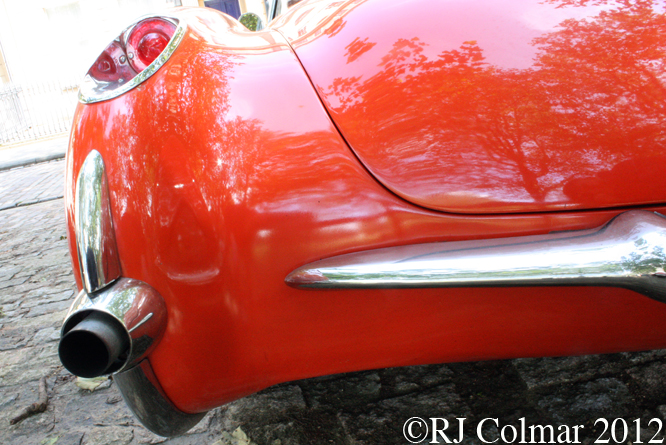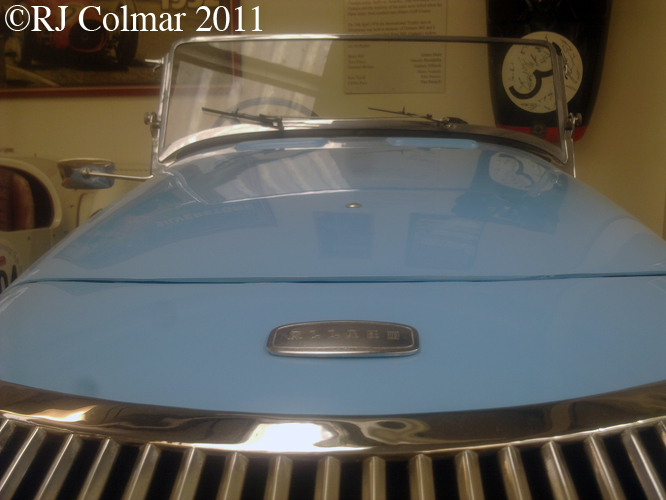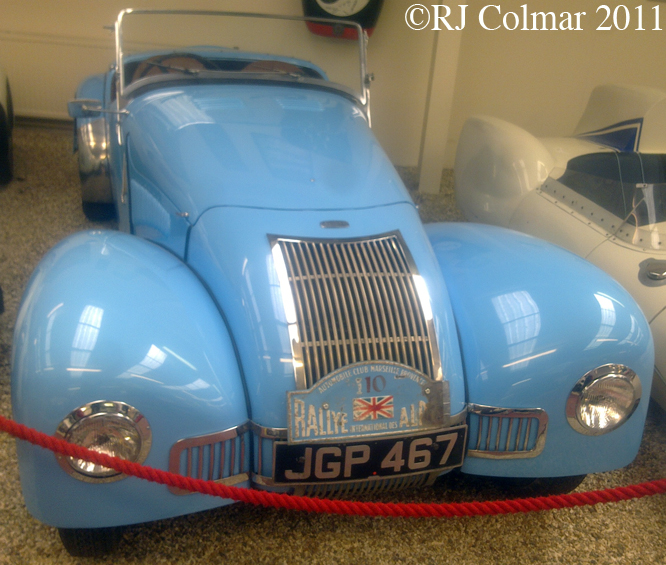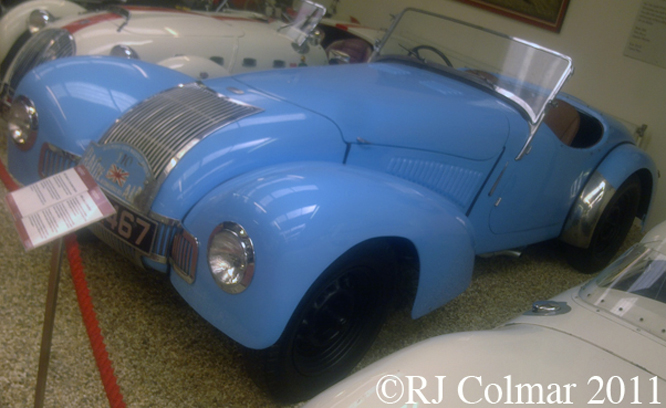Keen to promote a sporting image Simca turned to renowned Fiat tuner and racing car manufacturer Carlo Abarth to help them achieve their goal in the early 1960’s.
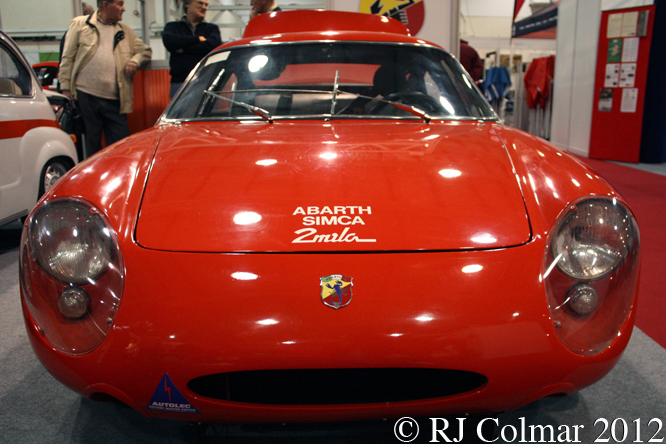
Alongside his work producing performance tuning parts for Simca Abarth developed the 140mph Abarth Simca 1300GT based on Simca 1000 running gear in 1962 which won it’s class in the 1964 World Manufacturers’ Championship for sports cars with drivers Tom Fleming, Otto Linton, James Diaz, Pietro Laureati, Secondo Ridolfi, Hans Herrmann, Fritz Jüttner, Hans-Dieter Dechent, Denis Borel, Ernst Furtmayr, Klaus Steinmetz, Herbert Demetz and Anton Fischhaber all contributing to the manufacturers win.
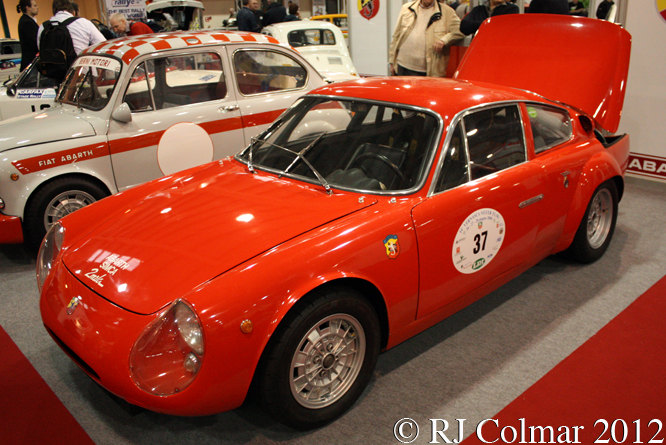
1964 Abarth also started racing the 2 litre / 122 cui 2Mila that was powered by a motor producing around 200hp, unfortunately the transmission could not cope with the power in the longer races and only Hans Herman recorded a class win in the 1964 World Manufacturers’ Championship for sports cars in the IV. Coppa di Citta Enna while leaving Porsche to win the 2 litre class from Alfa Romeo.
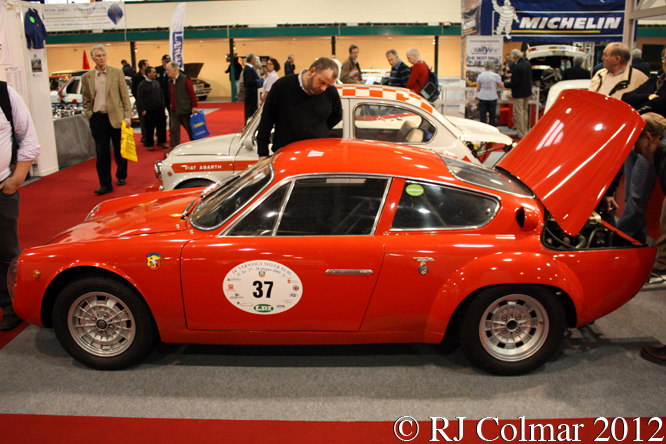
In shorter non championship events and hillclimbs the 2Mila recorded at least 9 further victories and 3 additional class wins up until 1966 by which time the project had been abandoned by Abarth after Simca was merged into Chrysler Europe.
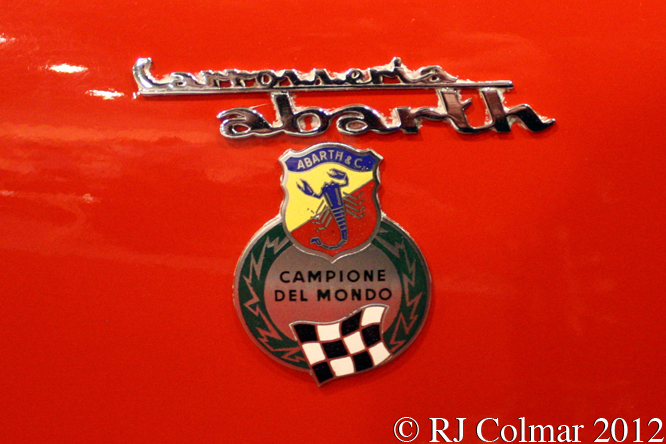
The remaining known overall and class spoils for the model were divided between Eberhard Mahle, Franco Patria 6, Kurt Ahrens Jr, Jochen Rindt 2, Jody Porter and Herbert Demetz.

Today’s featured chassis #0051 was bought new by Dr Hans Kuhnis who won the 1965 Swiss GT Championship with it, allegedly Dr Kuhnis had his wife harrang Abarth on the Monday after every event to ensure he had the latest parts in time for the following event.
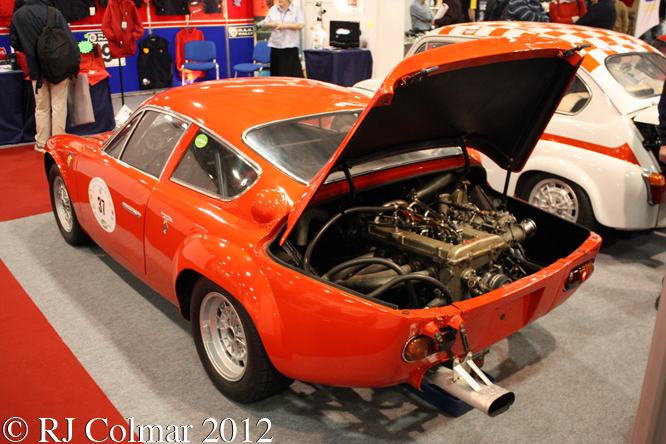
Middle Barton Garage undertook a restoration of #0051 in 2006, fitting gear ratio’s that give the car a top speed of 155mph for it’s owner.
Thanks for joining me on this “Swiss Hill Climb Champion” edition of “Gettin’ a li’l psycho on tyres” I hope you will join me again tomorrow. Don’t forget to come back now !


